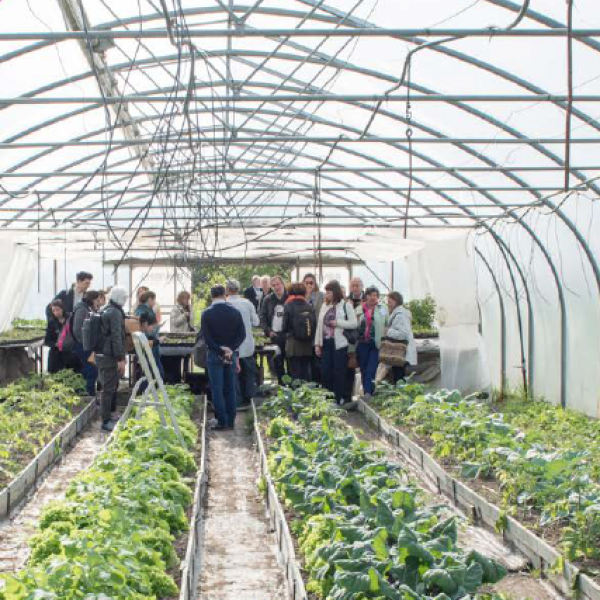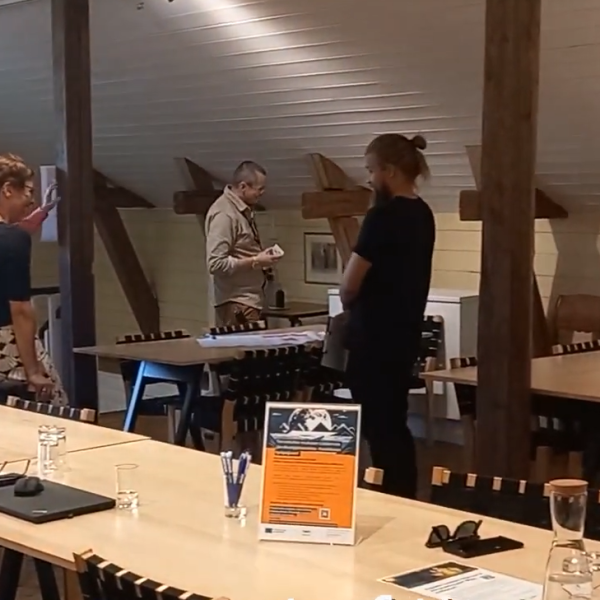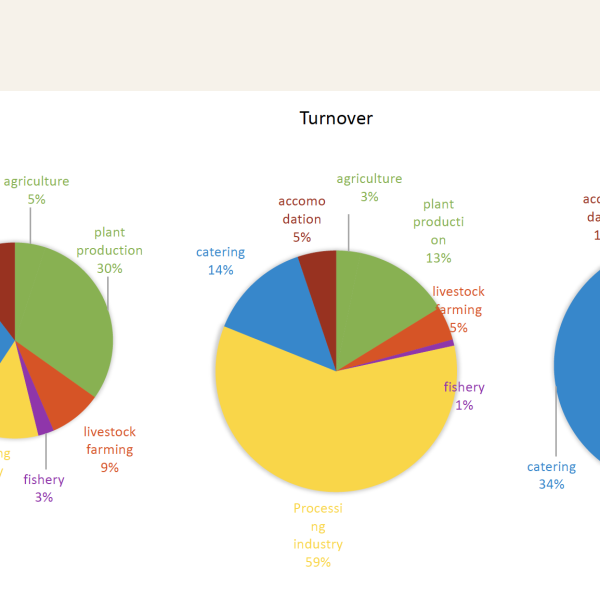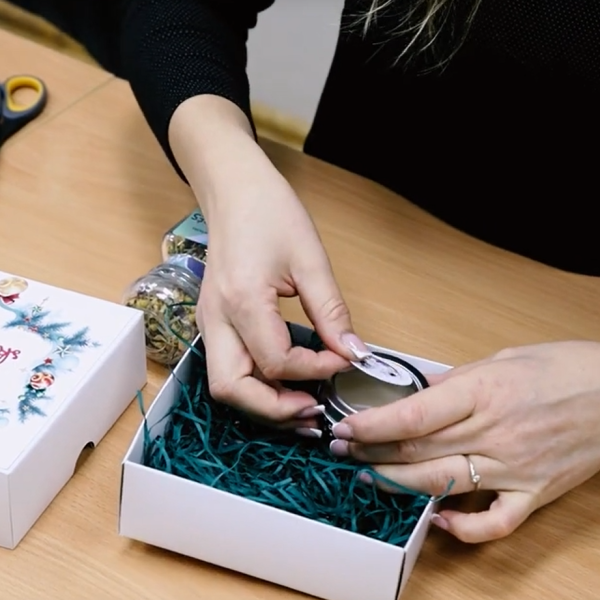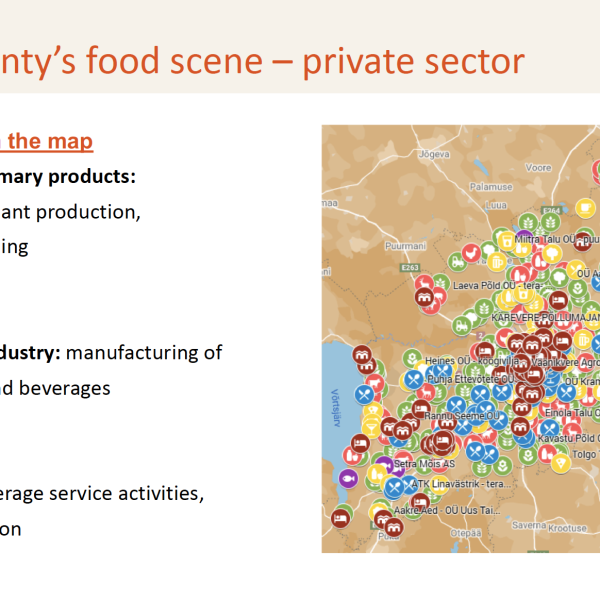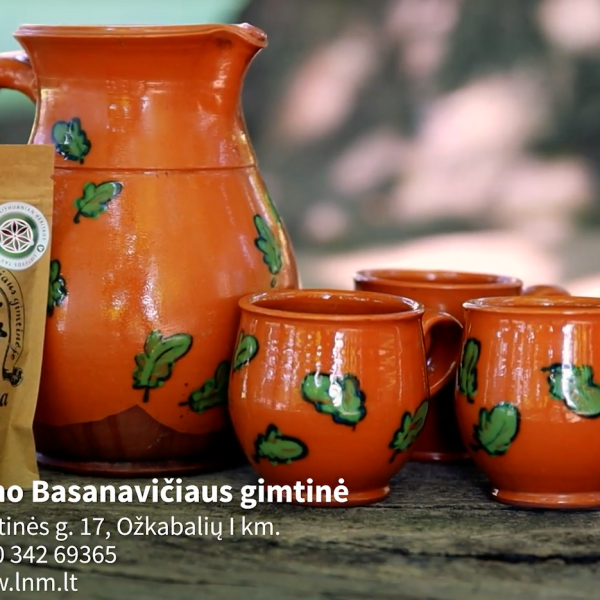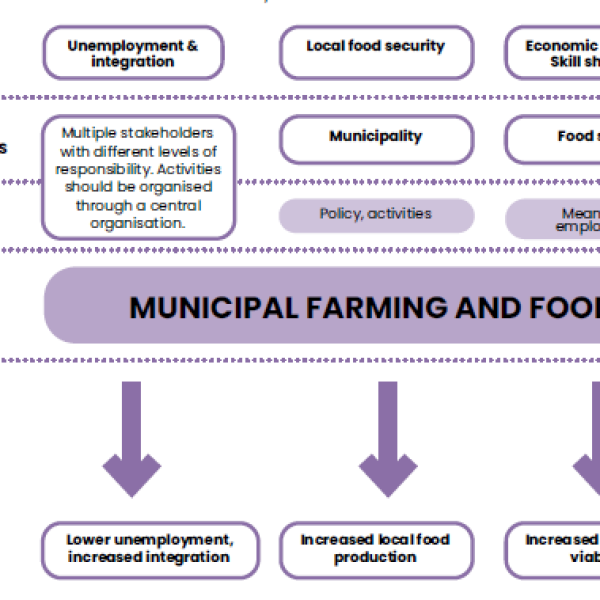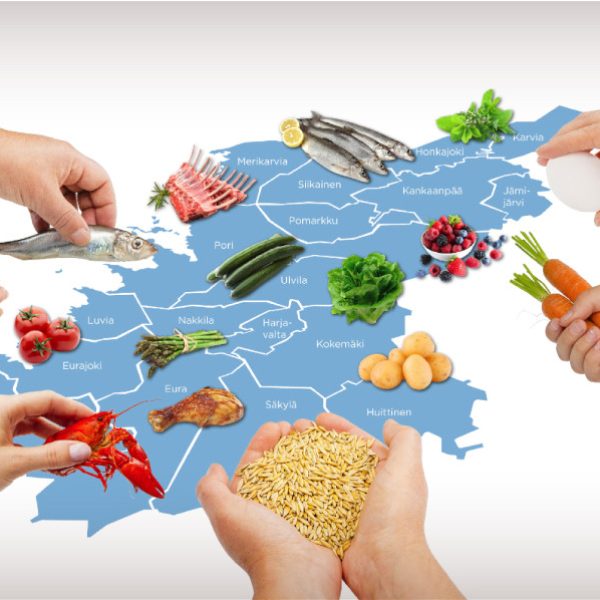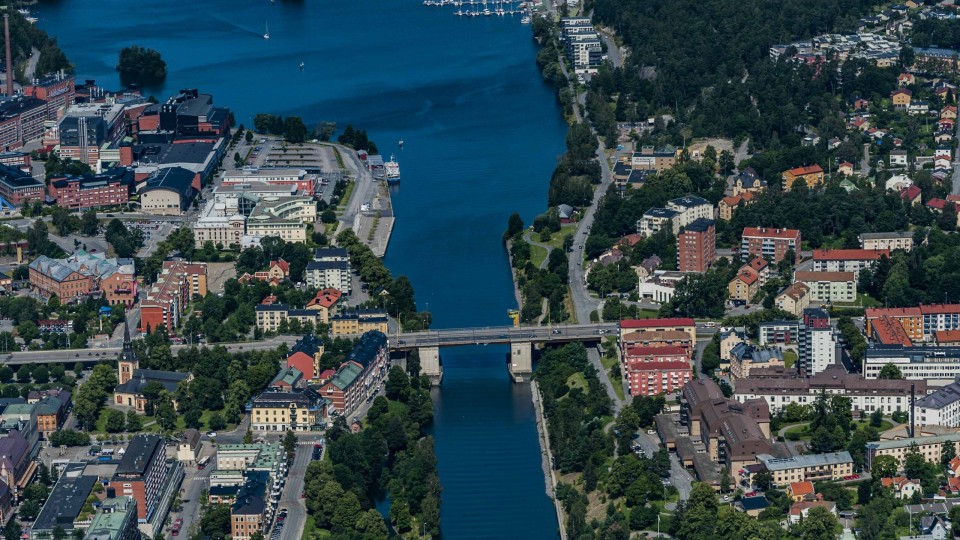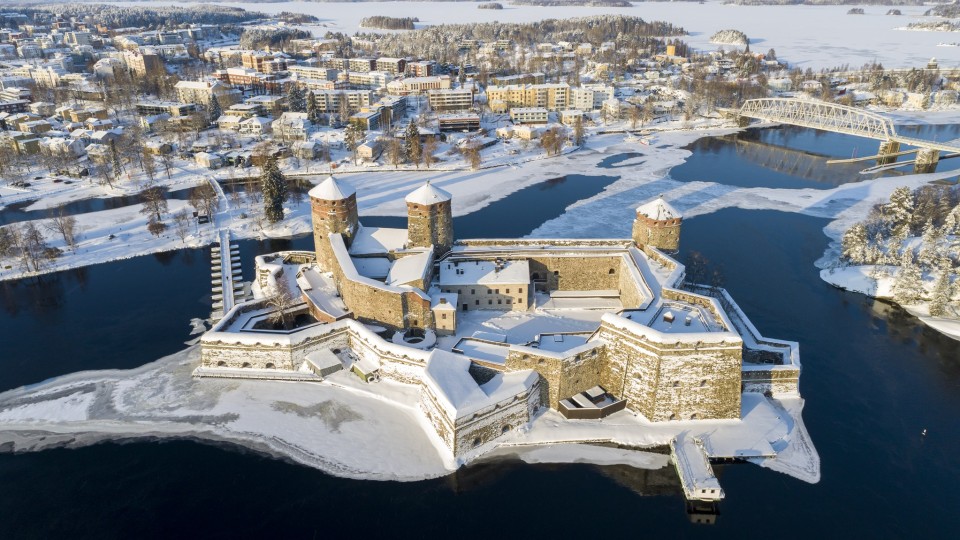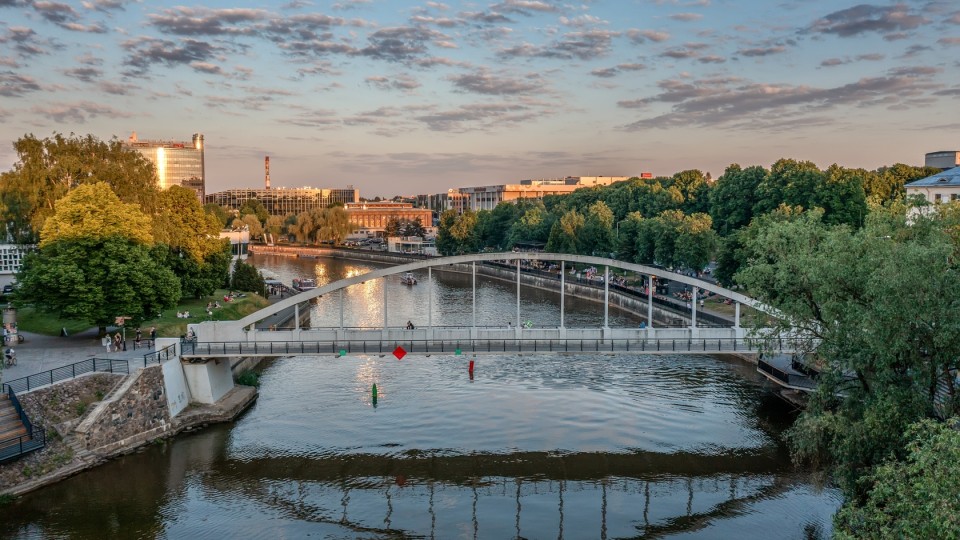Local producers play an important role in reducing the environmental impacts of the food supply chain and addressing current challenges such as food security. Moreover, eating locally has direct benefits for local communities too, as it keeps money within the region, increases the possibility for people to know the origin of their food, and can be important for the freshness and potentially the nutritional quality of food since it does not have to travel long distances to reach the table.
The overall goal of this concept is to strengthen the local food production. A dedicated platform will significantly enhance local producers‘ capacity by connecting them to opportunities, resources, and potential partners. This centralized hub will enable them to showcase their products and network with local and regional authorities. Additionally, it will streamline the produc-tion needs. By improving logistics and reducing expenses, it will expand market access and increase the competitiveness of locally produced goods, ensuring economic sustainability of the local production sector.
How to do it
Suggested actions
- Map and define local producers.
- Define the production volumes of local producers.
- Find out the interest and needs of local producers, public and private food services, and restaurants.
- Identify existing wholesale system and relevant persons in the municipality.
- Benchmark existing and functioning solutions.
- Develop the platform according to the needs and benchmarking results.
- Involve private consumers, cantines and restaurants to the development.
- Arrange meetings for municipalities and local businesses to create new ideas on making local production accessible and possible to scale up and scale out as part of Corporate Social Responsibility (CSR).
- Facilitate concrete initiatives for local distribution of organic food production through meetings with key actors.
- Explore the opportunities to establish producer associations/producer cooperatives/marketing cooperation or associations to be able to provide bigger quantities securely and with high quality.
Local adaptations
Satakunta, Finland
Developing existing wholesale system further with companies and other stakeholders. Exploring the opportunities to establish producer associations/producer cooperatives/marketing cooperation or associations to be able to provide bigger quantities securely and with high quality.
Prizztech Ltd investigated the interest of major food companies in the region to develop cooperation with local producers according to the DPS operational model. Based on the feedback, activities for local food producers will be initiated, and the adoption of the DPS operational model will be promoted during 2025, drawing on the experiences of the city of Huittinen and Satafood. The management of the operational model is entirely digital, so implementation and guidance can be carried out using Zoom, Teams, or similar meeting platforms, in addition to seminars.
South Savo, Finland
South-Eastern Finland University of Applied Sciences, XAMK, aimed to develop the wholesale system of local food in the Savonlinna region according to the needs of producers, public and private food services, and restaurants. One solution to this is benchmarking existing and functioning solutions from the other areas in Finland and KISMET part-ner countries. A platform will be created to find local producers in the region quickly. It will also explore whether it is possible to develop a shared digital marketplace for local food producers and buyers in South Savo in the future.
XAMK, together with other actors in the region, organized various events where producers and buyers met, net-worked, and were able to develop a common platform for a sales and purchasing channel. Xamk organized workshops and webinars for producers on “Sustainable Food Systems: What They Are and How to Achieve Them.” XAMK also organized workshops and webinars to increase producers‘ awareness of what sustainable product development in the food sector means and what the key elements of sustainable product development in the food sector are.
Södertälje, Sweden
Södertälje municipality, through the initiative of the Diet Unit and engagement of central stakeholders, has made a feasibility study to investigate the possibility of establishing a local Farming and Food Arena. The overall objective of the Farming and Food Arena is to contribute solutions to three interrelated societal challenges: unemployment, food security and skills shortages.
The feasibility study resulted in a grant from the European Social Fund (ESF) to conduct a pre-study during 2025. The pre-study will, among other things, design a model for how the municipal units that handle the unemployed can opti-mize their existing working methods in the outflow of their clients to work in farming and food production.
Tartu, Estonia
Mapping of local food producers in the region of Tartu County to promote them and bring them together with municipalities. Defining the producers and their production volumes. Creating a databank of local producers and facilitating the connection between regional, public authorities and local food producers.
KISMET Actions & Tools
Platform "Sikses Parasta Satakunnasta" (Satakunta)
A long-standing operational model is known as “Sikses Parasta Satakunnasta,” which is a marketing and promotion platform maintained by key local actors, the Pyhäjärvi Institute, Satafood, and ProArgia. The group previously or-ganized “Sikses Parasta” local food sections and shelves in grocery stores and shopping centers, but the presence in stores ended because local food producers could not commit to the delivery quantities and schedules desired by the stores. The “Sikses Parasta” local food concept focuses now on promoting the introduction of new products to the market and supporting the development of food products.
Platform for local producers "Pagaminta Vilkaviškyje" (LIC, Vilkaviškis)
„Pagaminta Vilkaviškyje“ video highlights local products and businesses created in Vilkaviškis, showcasing regional craftsmanship and innovation. It emphasizes the pride of locally-made goods, celebrates the skills of small produ-cers, and promotes the region’s economic development. The video serves as a visual celebration of the diverse, high-quality items made in the area, encouraging viewers to engage with and support the local economy.
Expert guidane/ workshops on sustainable product development (XAMK, South Savo)
The video shows the activities in South Savo, Finland, related to Platform for local produces of South-Eastern Finland University of Applied Sciences. At the organized events, efforts have been made to connect food produ-cers, processors, and buyers.
Case Study "Farming and Food Arena" (Södertälje)
This report explores the current conditions and opportunities for a municipal farming and food arena that combines the need for increased sustainable food production, employment, rehabilitation and education. The arena is based on several of Södertälje municipality’s strategic documents such as the Farming Strategy and the Food Supply Strategy.
Data of the Food Sector in Tartu County (Tartu)
The report presents an overview of the food sector in Tartu County, including graphs and tables that illustrate various numerical indicators of the food sector. It features an interactive map showcasing local food producers in the region.
Related knowledge
Matlust test bed
„Matlust test bed“ aims to bring sustainable food products & future food to the market. Four things are tested:
- Feedback and acceptance from the guests/ diners (pre-school/school children, elderly);
- Kitchen staff evaluation of properties regarding handling, cooking, etc.;
- Fulfilment of regulations regarding work environment and food safety;
- How to communicate new products to get acceptance and spread knowledge.
FAO Food Innovators Handbook > Knowing your Markets
This handbook is written for “sustainable food systems innovators” and is organized as a “choose your own adventure” story where each reader – individually or in a facilitated group – can develop their own personalized learning and action journeys according to their priorities. The topics included in this handbook are arranged into four categories of innovations: engaging consumers, producing sustainably, getting products to the market, and getting organized. The Handbook includes a chapter about markets with tips, knowledge, and suggestion for actions e.g. for seeting up online platforms.
Local Food Business-to-Business Distribution Model
The model enables to establish smooth short supply chains at the local and regional level offering opportunities for growth and improved business performance to SME’s acting in the local food sector in rural areas. The target group of this document is mainly established local food networks and distributors already selling their products business-to-consumer (B2C).
Establishing the Finnish Organic Research Institute: Experiments in organic vegetable and meat chains (Paikallista luomuruokaa kuluttajalle)
Report of value chain experiments of direct sales of local organic meat to professional kitchens, sales of local organic cabbage to a retail store, and food package development in South Savo.
EU Strategy ”From farm to Fork”
Strategy for a fair, healthy and environmentally-friendly food system including a call for a shorter supply chain.
REKO
REKO is a model for selling and buying local food directly from producers to consumers. Products are sold based on pre-orders made through closed Facebook rings. Different producers bring their products to the same place at the same time.
DPS-Dynamic Procurement System
Similar challenges in bringing local food products to local markets have been recognized also elsewhere in Finland. The city of Huittinen has collaborated with Satafood to develop a national level procurement model for local food, known as the “DPS-Dynamic Procurement System.” This concept allows local producers to participate in public ten-ders, because DPS does not specify the size of delivery batches, enabling local kitchens to make purchases in smaller quantities according to the availability of the locally manufactured products.
The DPS Guide was published in June 2024 at the request of the Ministry of Agriculture and Forestry as part of the dynamic food procurement peer learning project, which was implemented in 2023-2024. The guide also includes case descriptions of the preparations for the dynamic food procurement systems of Monetra Oulu Ltd in the city of Oulu, the city of Huittinen, and Kaarea Ltd, the city of Turku.
RUBIZMO
RUBIZMO is a new European initiative working to discover the vital ingredients for developing entrepreneurship and successful business models in rural areas. It offers business cases, strategies and tools for transformation.
BSR Food Coalition-project
The project connects local farmers and public authorities to ensure regular access to organic food meals at schools, and, thus a continuous demand for healthy food supply.
Baltic Sea Food
The project’s objective is to design a sustainable and transferable business model for B2B distribution applicable for local food nets established by local food producers and providers in BSR rural areas.
Skira
Skira is a digital marketplace that connects farmers and mills in Sweden. It brings together grain sellers and buyers through a platform, facilitating more optimal and sustainable crop trading. The trade takes place via auction, with personal service provided by grain brokers.
FoodE
As one of the project activities, the App creates a platform for collaboration and knowledge exchange. There are two main groups that use the app: those who run local food projects and people who want to buy from them. Local food projects, like community gardens, farms, restaurants selling local produce, and even vertical farms, can sign up to be part of the FoodE app by registering online.
Local Food Auctions in Groningen as part of REFRAME Project
COACH Project – Living Library of Collaborative Short Food Supply Chains
Over 30 examples of a collaborative short food chains story of how to shorten food chains and reconnect food produ-cers and consumers.
Food Strategy of Tartu County 2022-2030
Tartu county is the only region in Estonia that has adopted a Food Strategy. The main focus of the strategy is to bring together food producers, caterers and consumers in a more efficient way by creating a collaboration platform which provides information on the supply and demand of produce and local food. A broader goal is to promote and increase the consumption of local clean produce, reduce food waste and carbon footprint in the sector.
Tartu Circular Economy Roadmap
The objective of the Circular Economy Roadmap uniting the municipalities of Tartu County is to reduce waste genera-tion and increase recycling in the region. Key areas will be co-creation and communities, renewable energy, a sustain-able food system, agriculture and land use, industry, and service. It is important to encourage the emergence of new business models and businesses in the region and to keep the ecological footprint of production and consumption as small as possible. The Roadmap is a set of fundamental principles aimed at the public sector, entrepreneurs, educa-tional institutions and, more broadly, all groups within society.


